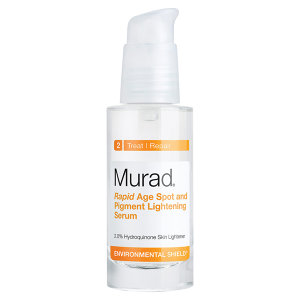The killer question: How to reduce pigmentation marks and blemishes?
mis à jour le 6 October 2015 à 23:34
We spoke to Dr Malini from Singapore's AesCure Medical & Aesthetic Clinic to learn how to get rid of those pesky brown spots on your skin.
Pigmentation tends to be one of the biggest obstacles in our quest for flawless skin. Mainly there are two types of skin pigmentation that can occur - hyper and hypo-pigmentation. Hyperpigmentation, also known as melasma is when there is an increase in melanin production leading to brown spots on the skin. Whereas hypopigmentation is the reverse where melanin production is lowered resulting in patches of lighter skin, also known as vitiligo.
If pigmentation is not your skincare enemy then those pesky blemishes are sure to have popped up one too many times. Hence we asked Dr Malini Munisamy, Medical Director from Singapore's Aescure Medical and Aesthetic Clinic for her expert advice on combatting pigmentation marks and blemishes.
What causes it:
How to reduce pigmentation:
How to reduce blemishes:
At the first sight of a blemish, I would advise to straight away apply an anti acne cream for a few days which contains an antibiotic and benzoyl peroxide. It is available locally in clinics as Clindoxyl gel. It acts to suppress inflammation and stops it from becoming a full blown pimple and thus reducing the chances of scarring.



